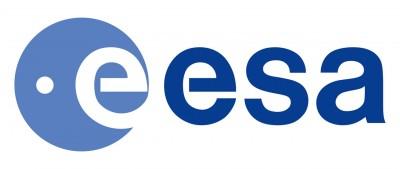JANUS
JANUS (Jovis, Amorum ac Natorum Undique Scrutator)
Cámara para estudiar tres de los satélites de Júpiter: Ganímedes, Europa y Calisto.
JANUS Science Objectives:
The Galilean satellites Io, Europa, Ganymede and Callisto show an increase in geologic activity with decreasing distance to Jupiter. Io, nearest to Jupiter, is volcanically active. Europa could still be tectonically and volcanically active today, while Callisto, the outermost Galilean satellite, is geologically inactive but bears witness to past processes in the system through its surface features. Ganymede holds a key position in terms of geologic evolution because it features old, densely-cratered terrain, like most of Callisto, but also wide spread resurfaced regions, similar to most of the surface of Europa. Ganymede observations from an orbiter are essential to investigate:
- its wide range of surface ages which reveals a geologic record of several billions of years;
- its great variety in geologic units and geomorphical features;
- its active magnetic dynamo;
- the possible presence of a subsurface ocean.
The three icy Galilean satellites show tremendous diversity of surface features, witnesses of significantly different evolutionary paths. Each of these moons exhibits its own fascinating geologic history – formed by competition and also combination of external and internal processes.
Their origins and evolutions are controlled by factors such as density, temperature, composition (volatile compounds), stage of differentiation, volcanism, tectonism, rheological behavior of ice and salts to stress, tidal effects and interactions with the Jovian magnetosphere and the space. These interactions are still recorded in the present surface geology which displays also possible cryovolcanism, widespread tectonism, surface degradation and impact cratering. Other important targets for JANUS observations are the Jupiter atmosphere, satellite’s exospheres, Jupiter ring system and the minor satellites.
- Unidad del alimentación del instrumento (PSU).
- Rueda de filtros.
- Unidad de control de mecanismos.


